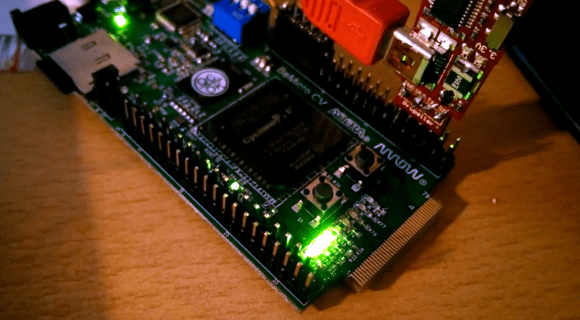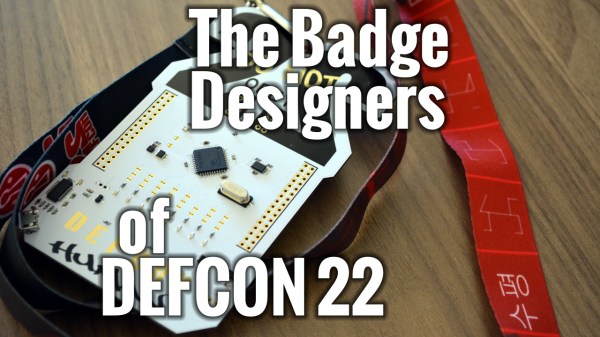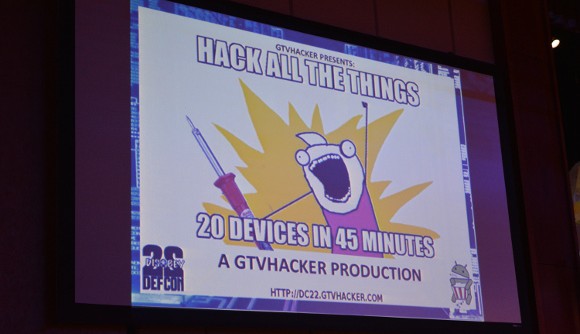
Open Sourcing something doesn’t actually acquire meaning until someone actually uses what has been unleashed in the wild. We’re happy to see a working example of Propeller 1 on an FPGA dev board. That link takes you to a short description and some remapping of the pins to work with a BeMicro CV board. But you’ll want to watch the video below, or rather listen to it, for a bit more explanation of what [Sylwester] did to get this working.
You’ll remember that Parallax released the Propeller 1 as Verilog code a few weeks back. This project first loads the code onto the FPGA, then proves it works by running SIDcog, the Commodore 64 sound emulation program written in Spin for p8x32a processors.
We do find this to be an interesting first step. But we’re still waiting to see what type of hacks are made possible because of the newly available Verilog code. If you have a proof of concept working on other hardware, certainly tell us about it below. If you’ve been hacking on it and have something you want to show off, what are you waiting for?
Continue reading “FPGA With Open Source Propeller 1 Running Spin”


 If you’re better working under a deadline you should be at your best RIGHT NOW. That timer is counting down the last 12 hours to
If you’re better working under a deadline you should be at your best RIGHT NOW. That timer is counting down the last 12 hours to  Whether you’re just finding out now or are a procrastination ninja, it is not too late to give yourself a shot at winning that trip to space.
Whether you’re just finding out now or are a procrastination ninja, it is not too late to give yourself a shot at winning that trip to space. 











